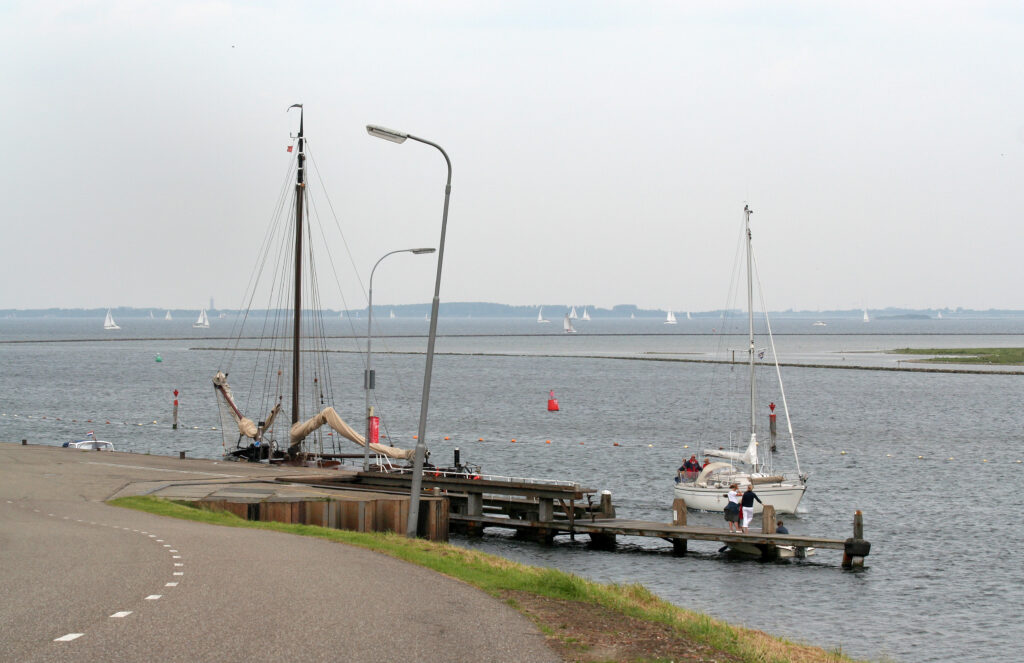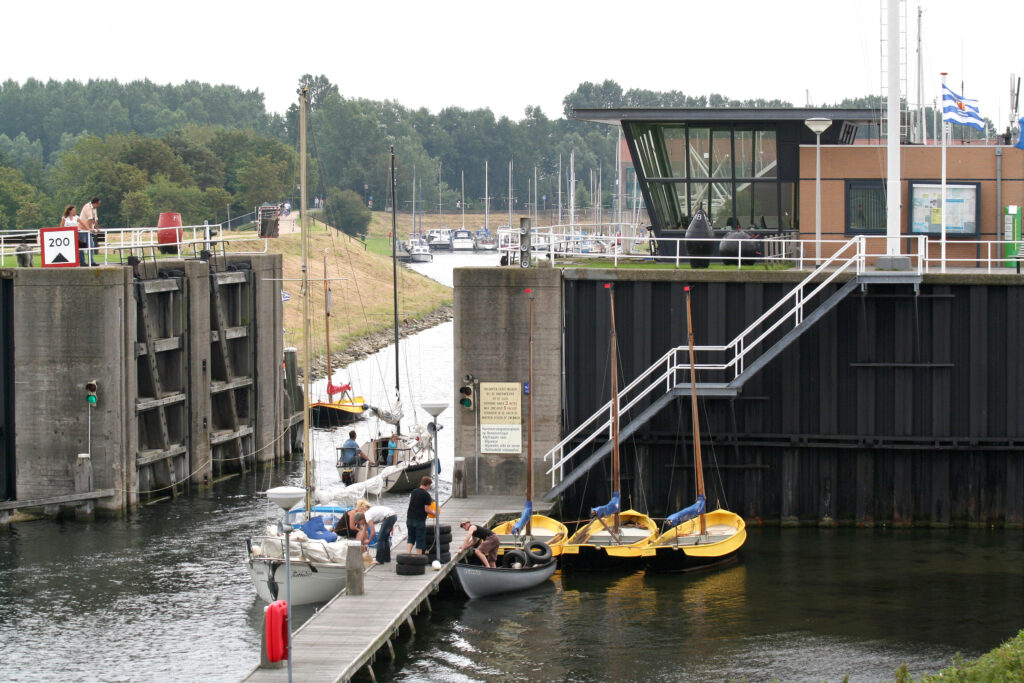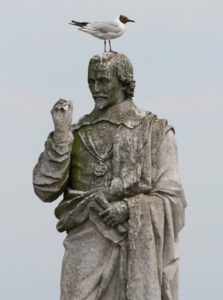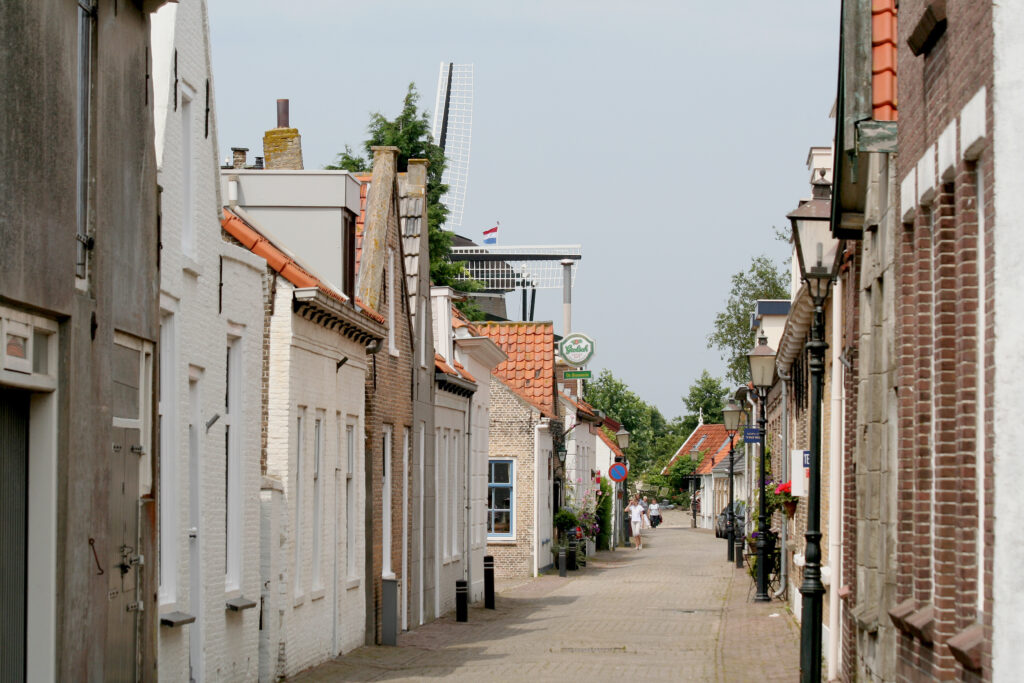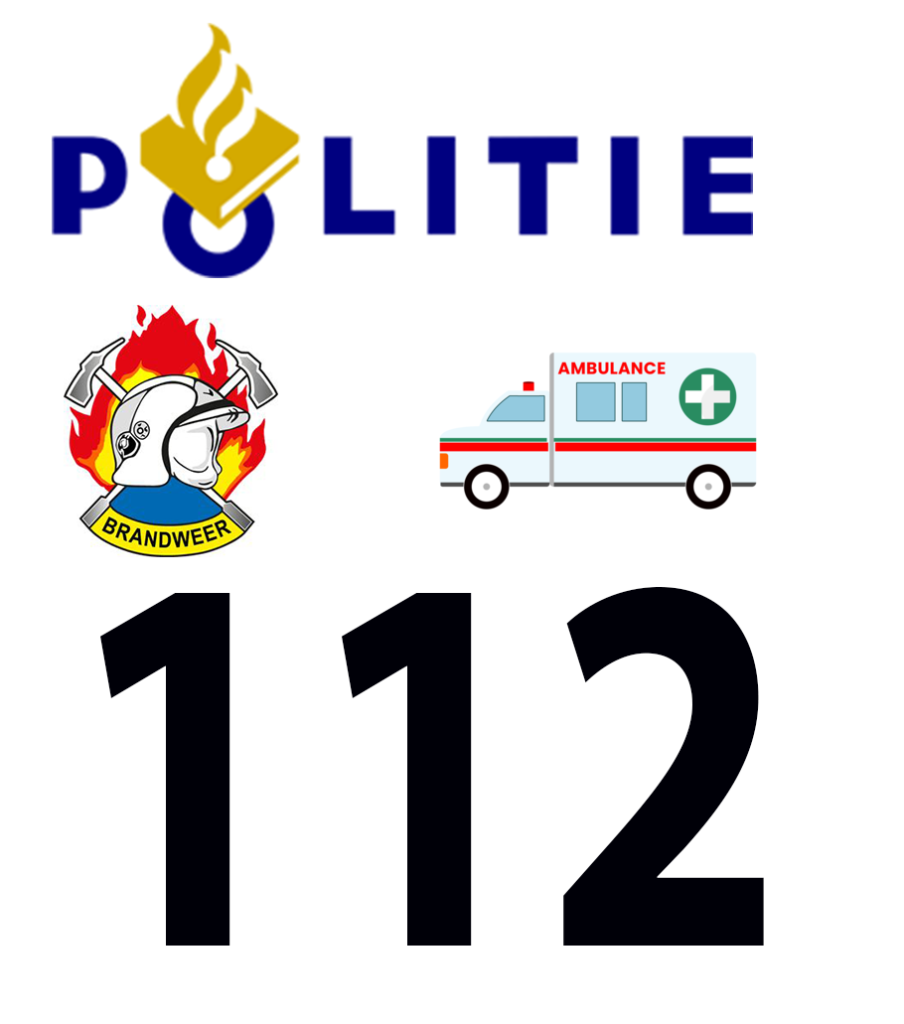BROUWERSHAVEN

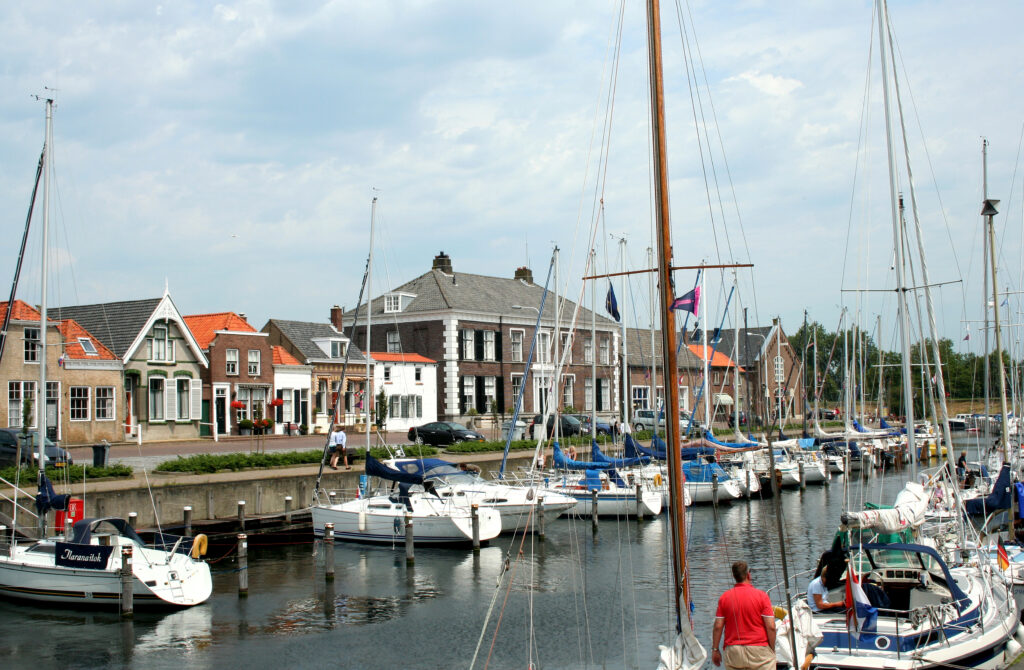
The history of Brouwershaven is one of connection with the water.
The capture of fish and shellfish was an important source of income. But also the trade in wine and beer, wood and stone, wool and flax, turnips and beets made the city grow. In 1575, the barely fortified city was captured by Spanish troops and then set on fire. From 1590 Brouwershaven was provided with earthen city walls, surrounded by a wet moat. Five gates gave access to the city. During the storm surge of 1682, part of the fortifications were destroyed. The fortress was dissolved in 1820, after which it was dismantled. The ramparts and canals on the east and north sides of the city have been preserved.

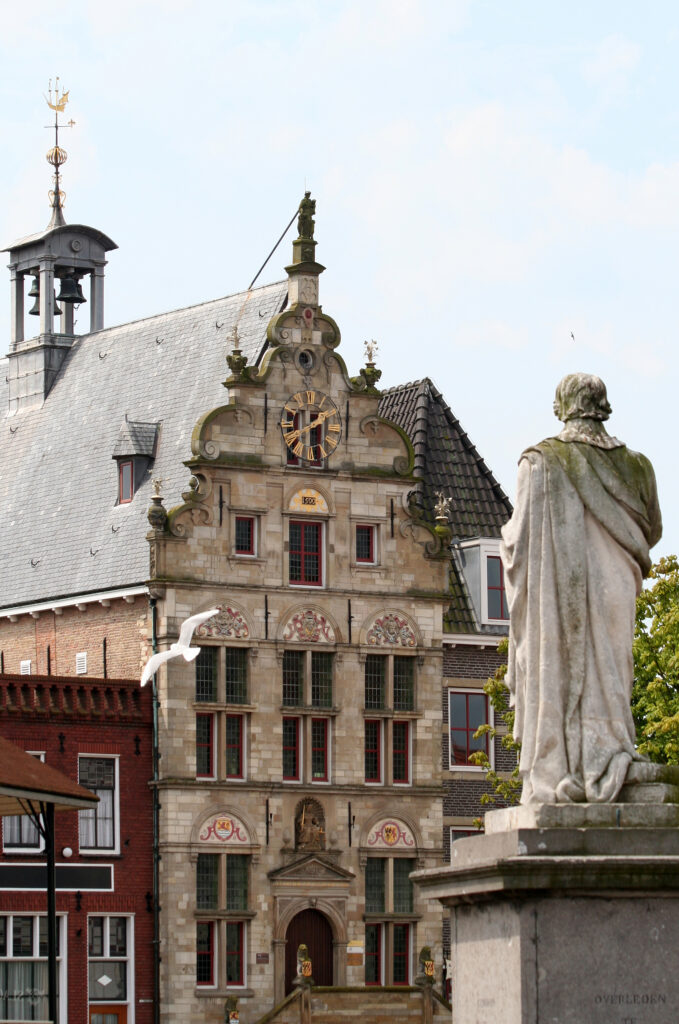
Jacob Cats (Brouwershaven 1577 – The Hague 1660) was a poet and politician, he was, among other things, grand pensionary of Holland.

The house he had built in The Hague and known as Catshuis has been the official residence of the Prime Minister of the Netherlands since 1963. Cats was made a Knight of the Order of St. George by the English King Charles I.
The statue shows Cats at their feet, dressed in 17th-century clothing and long clothing. He is adorned with the order sign of St. George. In his left hand he holds a roll of paper. At his feet are two books.
The plinth is made of Escauzine stone, natural stone from the quarry of Écaussinnes, a municipality in the Belgian province of Hainaut. and on the four sides with inscriptions. Originally, the whole was surrounded by a fence.
protected cityscape
On 1 January 2021, the city had 1,250 inhabitants, the area within the old defences has been a protected cityscape since 1973 and is one of the protected city and village views in Zeeland.
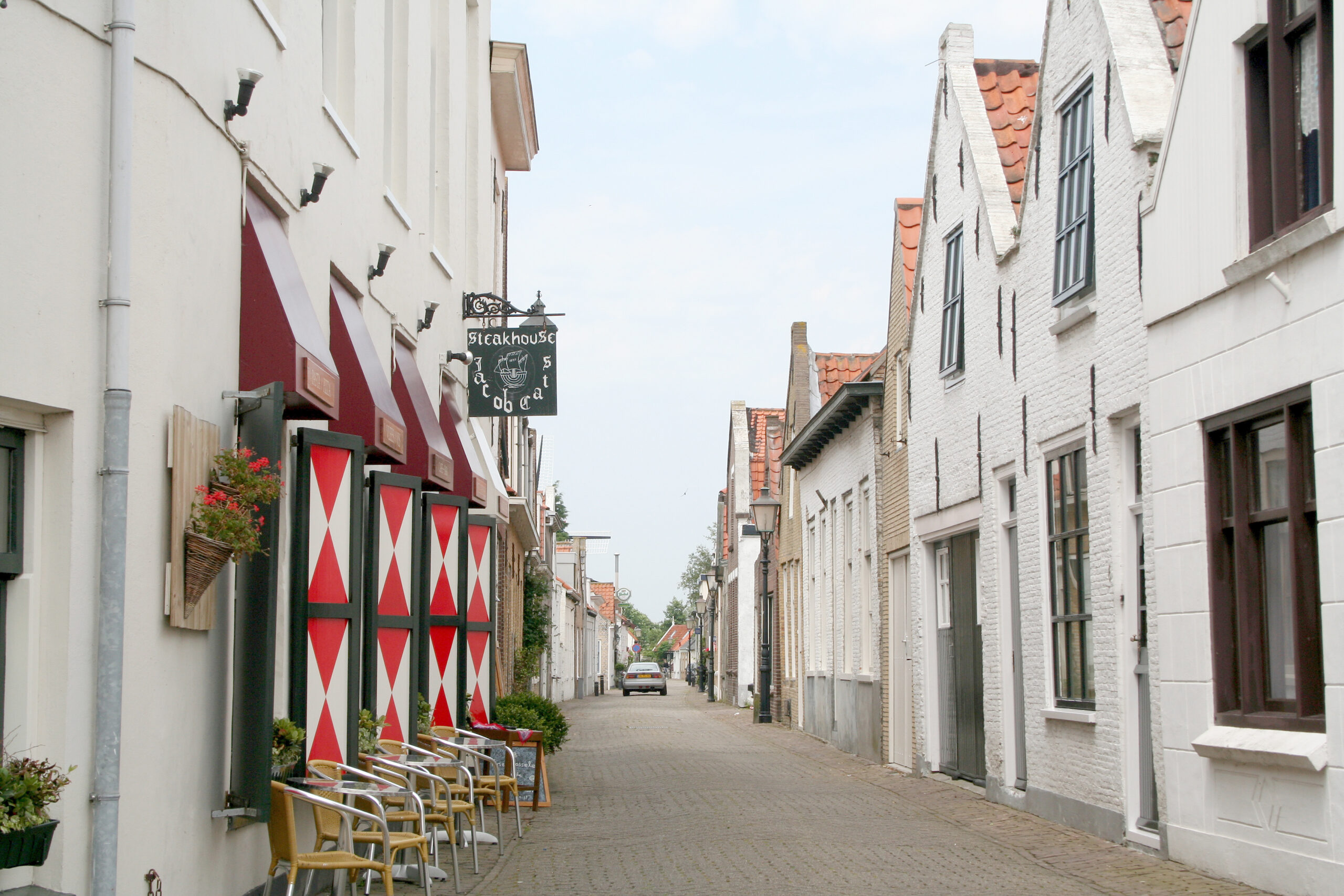

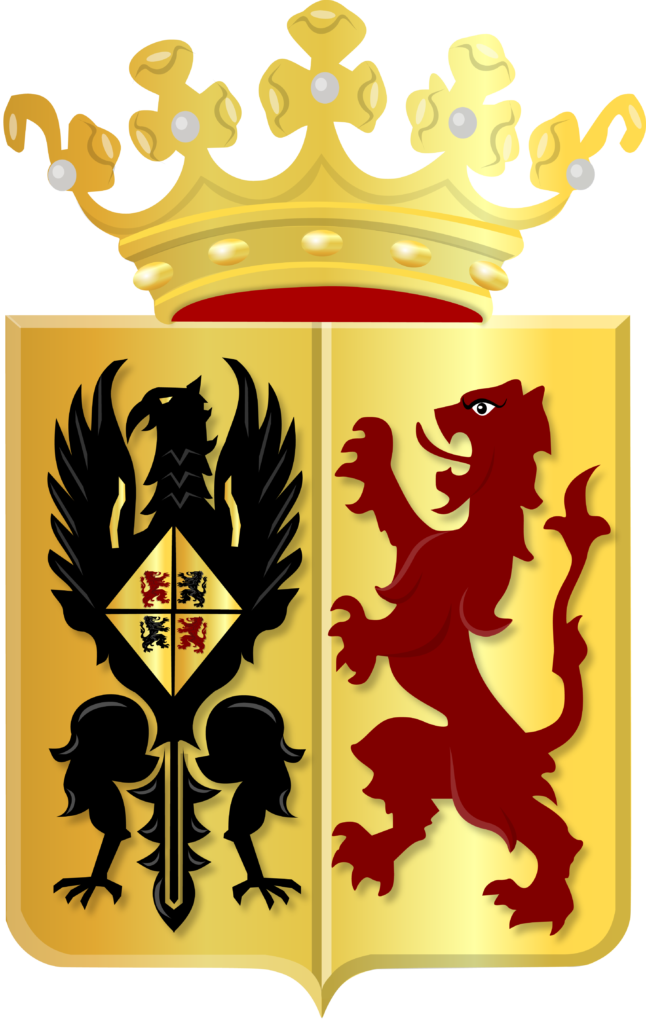
Brouwershaven was founded in 1285 or 1286, the town received toll exemptions from John I, Duke of Brabant, in 1288. Brouwershaven is first mentioned as a city in 1477. When the weapon was granted and originated is not clear. However, it is known that the coat of arms was already used as a city coat of arms in the 17th century. The eagle is similar to the German eagle, which was given to the city by the Roman emperor Louis the Bavarian. The diamond on the eagle’s chest is a woman’s coat of arms, in this case of Louis’ second wife Margaret. The coat of arms was actually the same as that of the Belgian province of Hainaut, but has changed over time: the lions have turned towards each other.
TOWN HALL
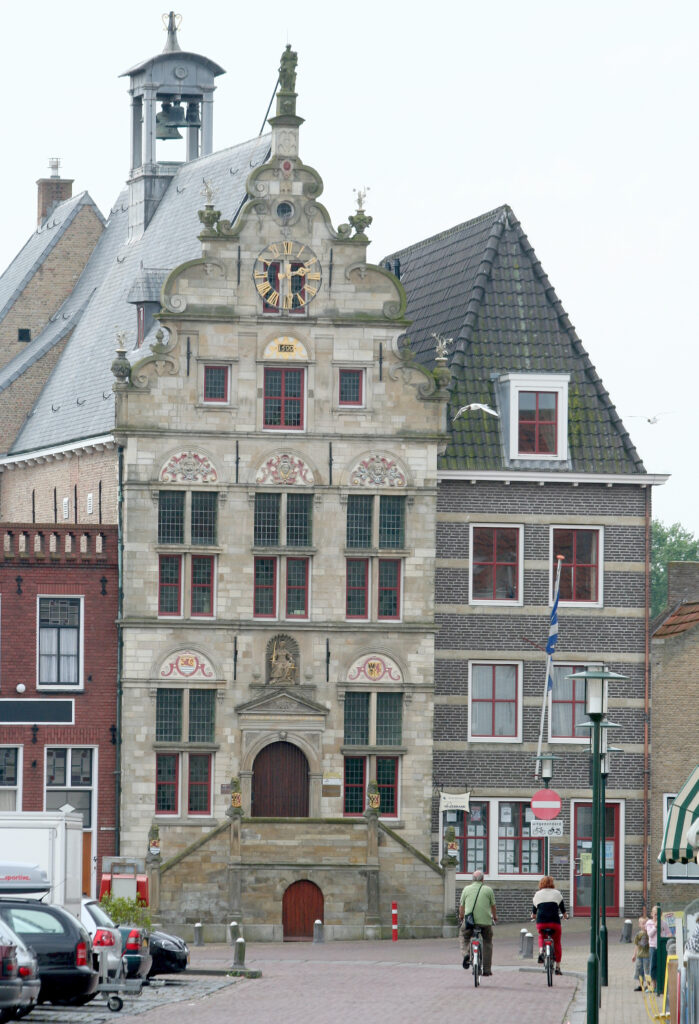
In the heyday of Brouwershaven, a town hall was built on the harbour and in 1599 it was provided with a prestigious façade.
The town hall was built in two phases. The rear of the building dates from the fifteenth century, the front part from the sixteenth century. Presumably the rear façade was the front in the early days. The tower of the past has disappeared. The actual former town hall has a total size of 4 ares and 90 centiars. It is traditionally built and covered with slate. This beautiful property has the status of a protected monument. It is also part of the protected cityscape. In 1890 – 1891 the town hall was completely rebuilt, replacing all the sculpture. The façade was crowned with a statue, representing Mercy. On and next to the roll layers are so-called vases, the originals of which are in the Zeeuws Museum in Middelburg.







